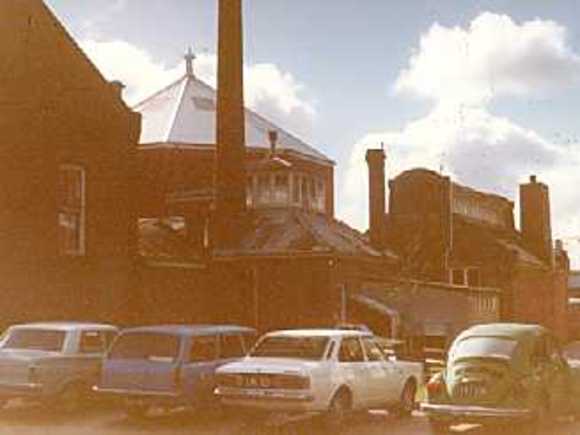| Back to search results » | Back to search page » |
|
Chemistry & Metallurgical Laboratory
Location19 Mundy Street,, BENDIGO VIC 3550 - Property No B5053
File NumberB5053LevelRegional |
|
Statement of Significance
Individual Statement of Significance: This single-storey brick laboratory building was designed by W C Vahland and built in 1879. There were various alterations and additions in the 1880s including two new furnaces and balances for the assay laboratory and in the 1890s there were further additions to the metallurgical and assay laboratories along with ten new furnaces.
In the 1880's public assays of specimens of minerals and ores were carried out and the building is of special historical significance as it is one of the earliest extant assaying laboratories as associated with the gold mining industry.
Classified: 15/10/1981
Group Classification with Bendigo School of Mines. Group Statement of Significance: This group of four separate buildings all of which have been individually Classified were all designed by W C Vahland and built between 1864 and 1891, and although situated quite close together they are quite different in character, size and style. The first building was completed in 1865 for the Mechanics Institute and Free Library and a two-storey extension for the School of Mines was added in 1873.
In 1879 Vahland added a new facade linking these two building on the McCrae Street frontage and at the same time the first part of the single storey Chemical and Metallurgical Laboratory at the rear was completed. The next building to be completed was the classrooms and workshops block which faces onto Hargreaves Street. This was completed in 1884 and the classrooms were used for geometry, architectural drawing and building construction, which were taught by Vahland.
In 1890 a new three-storey extension to the McCrae Street building was completed and in 1891 major alterations and additions were carried out to the Laboratories.
Born in Germany, W C Vahland arrived in Australia in 1854 and after gold digging for a time he set up as an architect in Bendigo. He became closely associated with public life in the city, and was responsible for designing many of its important buildings. In addition to teaching in the School he served on the Council and eventually became President of the School of Mines.
Although these four different structures were designed by the same architect they do not read as a sympathetic group of buildings but they are all associated with the early history of Mechanics Institutes and Free Libraries and also with early technical education in the mining industry, and they are of considerable local social and historic significance.
Group Classified: 29/10/1981.
See File Numbers B4762, B1650, B1900, B5052, B5054
Group
Science
Category
Laboratory (scientific/ research)




